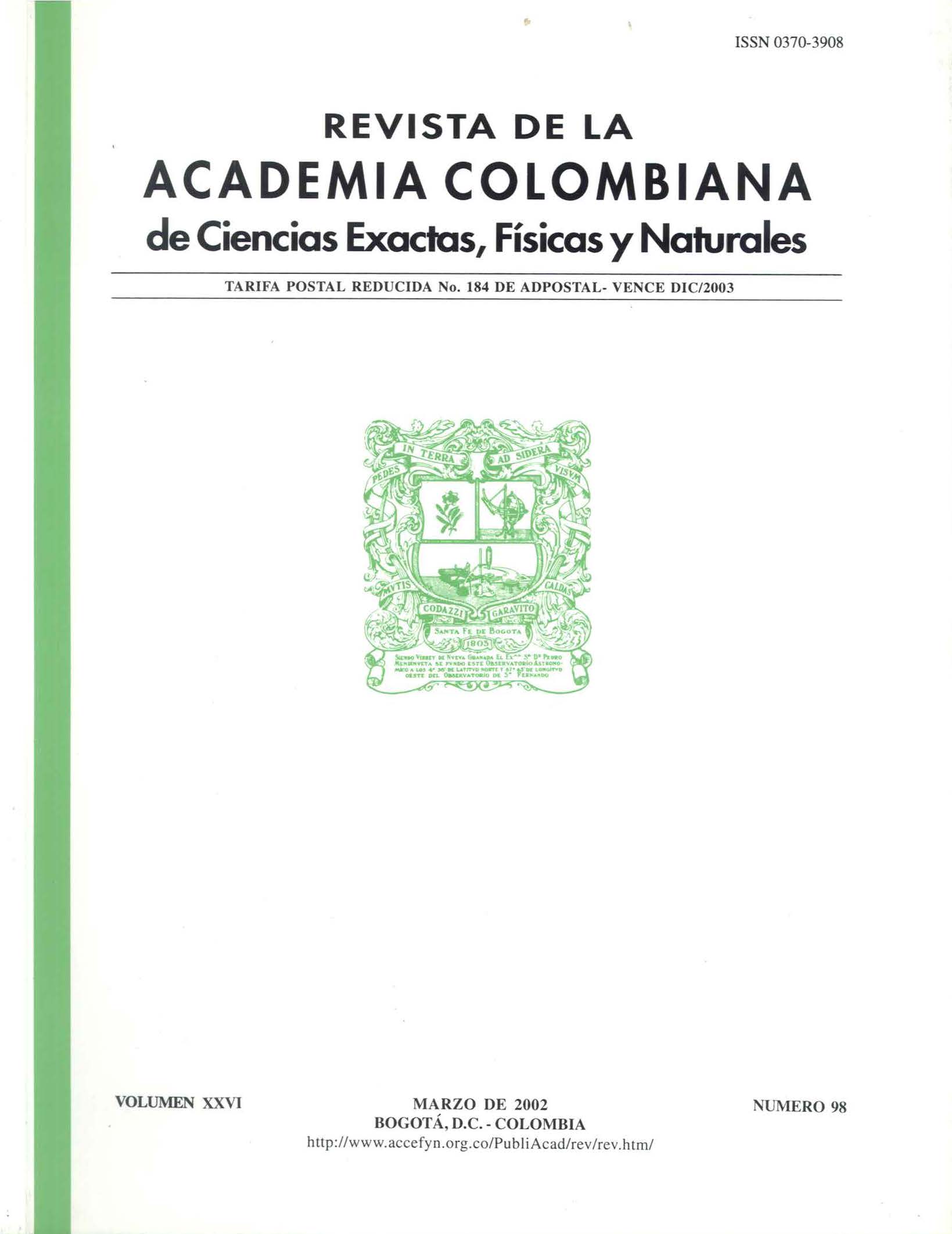Abstract
The reduction of herbivorous fishes and invertebrates due to overfishing and the mass mortality of the long-spined urchin Diadema antillarum in 1983 have resulted in a biological extreme disturbance in the Caribbean coralline systems, where several species of macroalgae, some allelopathics, have proliferated in the last fifteen years. The dominant macroalgae that live in the deep reef slope and in the sand plains are characterized for their great competitive ability for space and have been invading the shallow coralline banks (< 13 m), killing corals and other organisms. If invasion continues, biodiversity will be drastically reduced, and therefore, the source of natural products for therapeutic purposes will also be affected. The natural beauty of the reefs will be lost, and serious erosive problems will arise. Thus, it is very urgent to elaborate a fisheries strategy to give a truce for this biologically important component of coralline systems.
Keywords
References
Adey, W.H. 1998. Coral reefs: algal structured and mediated ecosystems in shallow, turbulent, alkaline waters. J. Phycol., 34: 393-406.
Adey, W.H. & R. Burke. 1976. Holocene bioherms (algal ridges and bank barrier reefs) of the eastern Caribbean. Geol. Soc. Am. Bull., 87: 95-109.
Alvarado, E.M. & M.C. Corchuelo. 1992. Los nutrientes, la temperatura y la salinidad provenientes del Canal del Dique como factores de deterioro en el Parque Nacional Natural Corales del Rosario (Cartagena, Colombia). VIII Sem. Nac. Cien. Tec. Mar, 277-287.
Bula-Meyer G. 1987. Taxonomic and ecologic studies of a subtidal sand plain macroalgal community in the Colombian Caribbean. Tesis de Ph.D., Coll. Mar. Stud., Univ. of Delaware, Newark, USA, 189 p.
Bula-Meyer G. 1989. Micro y macroalgas marinas alelopáticas: Biología, toxinas y significado ecofisiológico (Revisión). Rev. Ing. Pesq. (edic. especial), 9 (1-2): 1-10.
Bula-Meyer G. 1990. Corales del Rosario: en vías de extinción. Nueva Frontera, 794: 24-26.
Bula-Meyer G. 1992. ¿Están las algas marinas tropicales de los planos arenosos profundos fisiológicamente restringidas a estos hábitats continuos al talud arrecifal? Mem. VIII Sem. Nac. Cien. Tec. Mar y Congr. Centroamericano y del Caribe Cien. Mar, Bogotá, 196-205.
Bula-Meyer G. 1995. Macroalgas de la Isla de Gorgona (Pacífico colombiano) con nuevos registros y una explicación a la baja diversidad y biomasa. En Pinto, P. (Ed.), La Isla de Gorgona: nuevos estudios biológicos. Biblioteca J.J. Triana, 11: 23-45.
Connell, J.H. 1978. Diversity in tropical rain forest and coral reefs. Science, 199: 1302-1310.
Díaz-Pulido, G. 1995. Comunidades macroalgales de los Atolones Alburquerque y Courtown (Bolívar), Caribe suroccidental, Colombia y relación con la estructura arrecifal. Tesis de Grado. Univ. de Bogotá, JTL, Santafé de Bogotá, Colombia, 110 p.
Hay, M.E. 1981. Herbivory, algal distribution, and the maintenance of between-habitat diversity on a tropical fringing reef. Am. Nat., 118: 520-540.
Hay, M.E. , Q.E. Kappel, & W. Fenical. 1994. Synergisms in plant defenses against herbivores: interactions of chemistry, calcification, and plant quality. Ecology, 75: 1714-1726.
Lewinsohn, T.M. 1986. The role of herbivorous fishes in the organization of a Caribbean reef community. Ecol. Monog., 56: 183-200.
Littler, M.M. & D.S. Littler. 1985. Factors controlling relative dominance of primary producers on biotic reefs. Proc. Fifth Int. Coral Reef Congr., Tahiti, 35-39.
Littler, M.M. & D.S. Littler. & D.S. Littler. 1988. Structure and role of algae in tropical reef communities. En Lembi, C.A. y J.R. Waaland (Eds.), Algae and Human affairs p. 29-56. Cambridge Univ. Press.
Norris, J.N. & W. Fenical. 1982. Chemical defense in tropical marine algae. En Rützler, K. y I.G. Macintyre (Eds.), The Atlantic Barrier reef ecosystem at Carrie Bow Cay, Belize. 1: Structure and communities, p. 417-431. Smithson. Contrib. Mar. Sci., 12: 1-539.
Odum, H. & E. Odum. 1955. Trophic structure and productivity of a windward coral reef community on Eniwetok Atoll. Ecol. Monogr., 35: 291-320.
Paul, V.J. & W. Fenical. 1987. Natural products chemistry and chemical defense in tropical marine algae of the phylum Chlorophyta. En Scheuer, P.J. (Ed.), Bioorganic marine chemistry, p. 1-29, Vol. 1. Springer-Verlag, Berlin, Germany.
Paul, V.J. & W. Fenical. & M.E. Hay. 1986. Seaweed susceptibility to herbivory: chemical and morphological correlates. Mar. Ecol. Prog. Ser., 33: 255-264.
Reaka-Kudla, M. 1996. The global biodiversity of coral reefs. A comparison with rain forests. En Reaka-Kudla, M., D. Wilson y E.O. Wilson (Eds.), Biodiversity II, Understanding and Protecting our Natural Resources. Joseph Henry/National Academic Press, Washington, D.C., p. 83-108.
Ross, H.H. 1972. The origin of species diversity in ecological communities. Taxon, 21: 253-259.
Sarmiento, D.E., F.A. Flechas & G.A. Galvis. 1990. Evaluación cuantitativa del estado actual de las especies coralinas del Parque Nacional Natural Corales del Rosario, Cartagena (Colombia). VII Sem. Nac. Cien. Tec. Mar., 303-315.
Stehli, F.G. & J.W. Wells. 1971. Diversity and age patterns in hermatypic coral. Syst. Zool., 20: 115-126.
Stoddart, D.R. 1969. Ecology and morphology of recent coral reefs. Biol. Rev., 44: 433-498.
Wells, J.R. 1969. Aspects of Pacific coral reefs. Micronesica, 5: 317-322.

This work is licensed under a Creative Commons Attribution-NonCommercial-NoDerivatives 4.0 International License.





